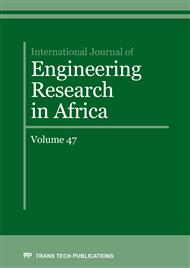p.15
p.31
p.45
p.53
p.63
p.69
p.77
p.85
p.103
Evaluation of Bridge Project Variants from the LCC Perspective
Abstract:
The lowest purchase price is the easiest criterion in tendering for civil engineering. However, in view of the longevity of these buildings and their social significance, this criterion is insufficient. Renovation and maintenance costs play an important role in the construction life cycle and need to be taken into consideration, too. The structural design clearly influences the operating costs of the building, which can be predicted. The paper presents an example of how to approach this issue. The methodology is focused on bridge structures. The paper presents a software application for the calculation of renovation and maintenance costs which are generated from the following structural elements: abutments, pillars, deck (bearing structure), bearings, bridge deck insulation, drainage, roadway, cornice, railing, crash barriers, expansion joints and noise barriers. The structural elements can be specified in the application in predefined type / material variants. If the user uses material that is not included in the database, this situation is solved by adding the appropriate element to the database. If a combination of materials is used for one component, these materials are defined as separate structural elements. Bridge structures are evaluated over a lifetime of 100 years.
Info:
Periodical:
Pages:
63-68
Citation:
Online since:
March 2020
Authors:
Keywords:
Price:
Сopyright:
© 2020 Trans Tech Publications Ltd. All Rights Reserved
Share:
Citation:


